As if 4K and 3D-TV weren't milestones enough, some broadcasters are looking even further over the horizon to systems capable of producing and even transmitting resolutions at 8K.
Click here to read more about making Super Hi-Vision a reality
Visitors to IBC will witness what promises to be an astonishing glimpse of the future of image presentation. Super Hi-Vision (SHV), previously dubbed Ultra HD and described as “the electronic form of Imax”, was first demonstrated in 2006 at IBC and again last year. This September a consortium of broadcasters headed by NHK of Japan, Italian broadcaster RAI, the BBC and the EBU aim to deliver the world's first live-by-satellite and fibre-optic international broadcast.
SHV is a breathtaking 16 times greater than high definition (7,680 x 4,320 pixels or 33 megapixels) and was devised by NHK - which famously initiated HD as far back as 1969. It is now one of the activities of the Broadcast Technology Futures group (BTF), an alliance of R&D partners which aims to get the technology off the drawing board and into public test.
According to John Zubrzycki, principal technologist, Beyond HD at BBC Research & Innovation: “The IBC demonstrations are a crystallisation of what all the partner labs have been working on. One demonstration will help prove that a broadcaster can connect with live cameras from any part of the world and on the satellite side we aim to show that SHV has the potential for broadcast to the home.”
The demos include 22 minutes of unique content shot in Japan, mixed with live pictures from a camera located in central London, operated by SIS Outside Broadcasts. This live feed will be compressed in MPEG-2 and delivered over ultra-broadband fibre. RAI is working with satellite operator Eutelsat to carry the high bandwidth over satellite.
“If mainstream broadcasting in this format is to take off, live links will be important so testing the camera's performance is essential,” says Zubrzycki.
In the year since it was last shown, NHK has developed an 8K image sensor capable of capturing data at 4,000 lines per frame.
On the audio side SHV also features a 22.2 channel surround specification. The whole set-up comes at the cost of vastly higher bandwidth - one minute of uncompressed footage consumes 194GB.
Whereas the Japanese are determined to see SHV as a future home broadcast format, BTF views the research as exploratory and is keeping an open mind as to an ultimate goal for the project. The question remains as to how much consumer demand there will be for SHV. The first step is to prove what is feasible. A second step is to research public acceptance, not least of which is the effect such an ultra-realistic image has on viewer psychology.
Immersive viewing
The ultra-realism of SHV has led to instances of a kind of motion sickness, which researchers attribute to a combination of the wide viewing angle, the massive image and the on-screen motion. The BBC has in mind large screen displays - such as for coverage of the 2012 Olympics in city centres across Britain.
“The options are open as to whether SHV is an eventual replacement for HDTV,” says Zubrzycki. “Higher quality source pictures can be used in areas where a lot of processing takes place - such as turning images into 3D models or for techniques in which we begin to cut and paste into those pictures. We can zoom into a SHV frame by a factor of four and still be at HD resolution.”
SHV's potential poses questions such as what size of screen people want in their rooms, he adds. “The images could prove compelling enough for screens to take the space of a whole wall.”
David Wood, the EBU's head of emerging media, says the IBC conference session he chairs (Images of Tomorrow) builds on the NHK demonstration and opens a wider debate. “As HD becomes the norm, the next steps in quality may involve more spatial or temporal resolution, better colourimetry, 3D, multi-dimensional audio or immersive viewing environments,” he says.
SHV demonstrations take place throughout IBC at the NHK Theatre. Conference session Images of Tomorrow is on Monday, 15 September from 2pm to 3.30pm.







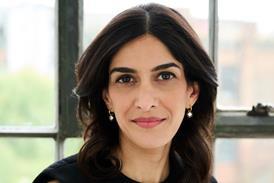
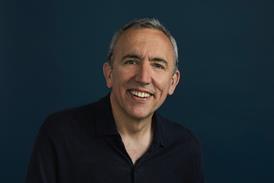
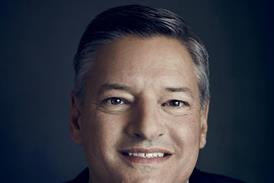


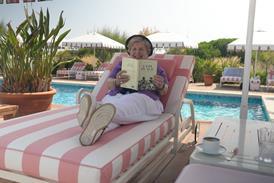







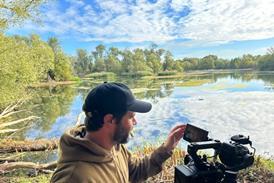





No comments yet